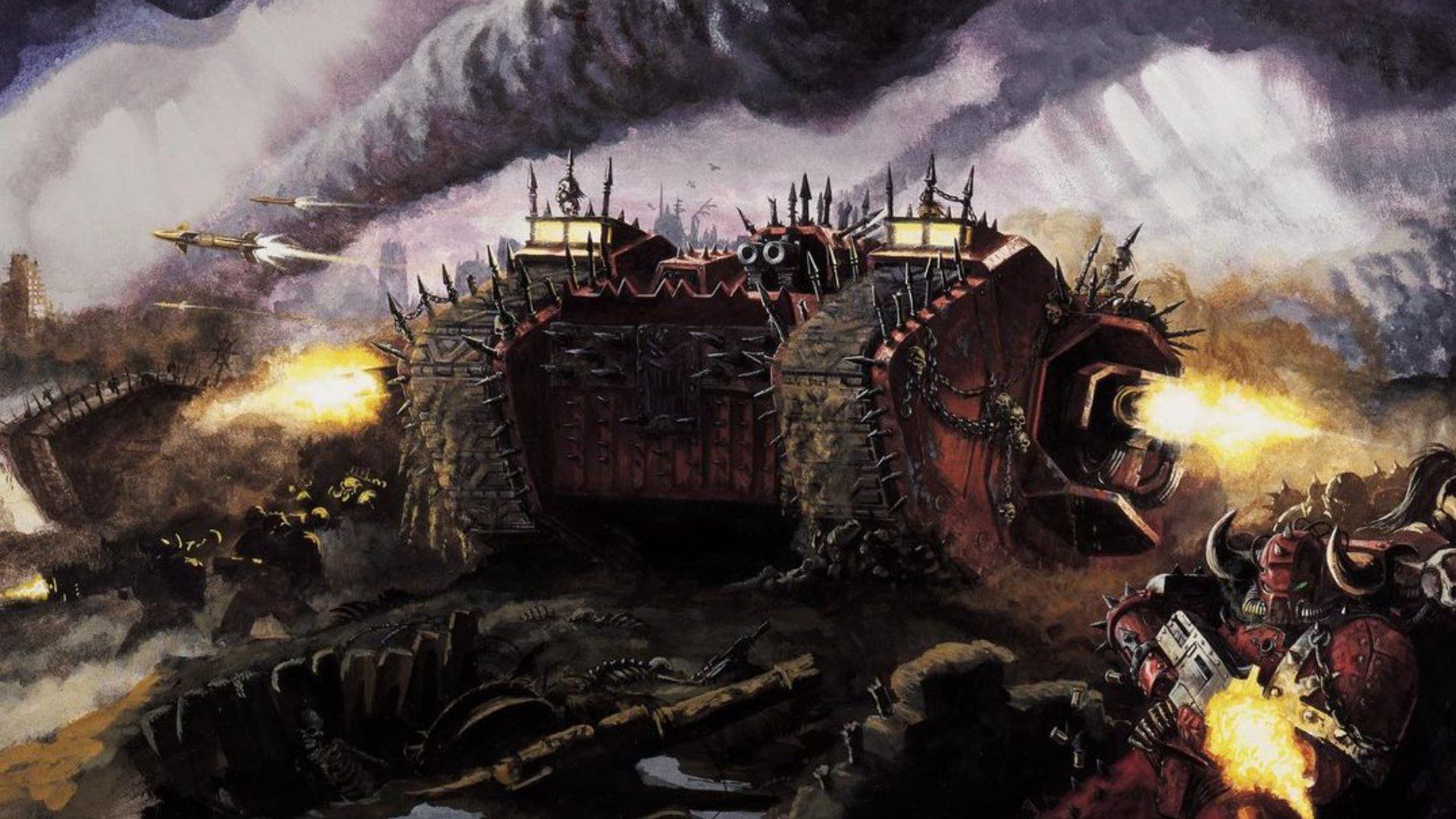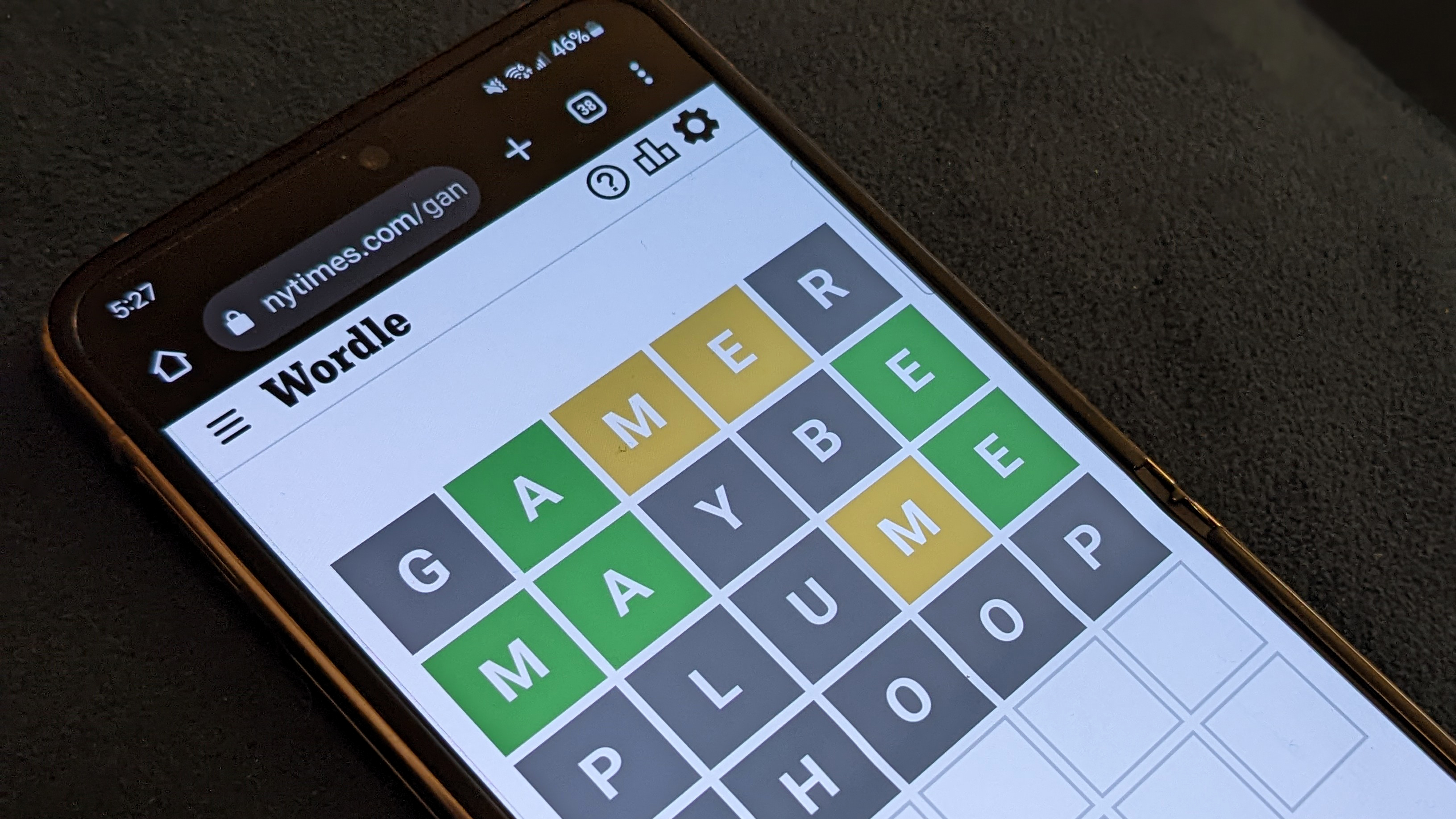
A Friend of the Family premieres Oct. 6 exclusively on Peacock.
In 2017, Netflix released Abducted in Plain Sight, a true-crime documentary about the bizarre double kidnappings of Jan Broberg in the ‘70s. Twelve years old at the time, she was the unwitting obsession of close family friend and secret pedophile Robert “B” Berchtold. The doc revealed the details of what “B” did to hoodwink Jan’s entire family to commit his crimes, but there was something missing about exactly how someone could accomplish what he did with such audacity. Writer Nick Antosca (Channel Z) must have felt that “how” profoundly because his new Peacock series, A Friend of the Family, is his dramatic exploration of the same case. It’s a far more granular and satisfying dive into the machinations Berchtold took to orchestrate his plan through master-level observation and manipulation.
Right from the top, Antosca makes some smart choices. The real Jan Broberg opens the first episode speaking directly to the audience which grounds what’s to come with the sincerity it deserves. Her framing is an implicit acknowledgement that the details of the case to come are bizarre and outlandish but she lived them, which helps to dispel any sensationalism. Then aesthetically, the series goes all in with the 1975 setting by opening with the classic NBC station identification used at the time. There’s a beautiful transition right into cinematographer Celiana Cárdenas’ reproduction of the era that captures the film stock look of everything shot in the ‘70s. Her shooting style and the era-specific color palette makes the Idaho home of the Broberg family look like an idyllic postcard-worthy suburb. Production designer John D. Kretschmer reinforces what’s inside her lens with spot-on reproductions of the decade’s popular mustard yellow, brown, and macrame decor that filled most tract houses of the middle class. Plus, there’s the extra layer of austerity and piousness that reflects the unfailingly wholesome vibe of the Brobergs’ Mormon practice.
Patriarch Bob (Colin Hanks) is a florist and the sole provider for his supportive wife, Mary Ann (Anna Paquin), and their three children: Jan (Hendrix Yancey), Karen (Mila Harris), and Karen (Maggie Sonnier). As pillars of the community, they welcome fellow Mormons Robert “B” Berchtold (Jake Lacy), his wife, Gail (Lio Tipton), and their young sons into their home and hearth. The pilot episode, “Horseback Riding in American Falls,” tracks how the two families become closely intertwined with “B” getting exceptionally close with Jan and Mary Ann. He ingratiates himself with Mary Ann with compliments and absent appreciation as a means to whisk Jan away for ice cream cones and shuttling to her horseback riding lessons… until the two go missing.
The following episode, “The Mission,” goes into the ordeal of Bob and Mary Ann stuck in the completely foreign space of trusting “B’s” face-value friendship and love for their family with the reality of him disappearing with their daughter. It’s only after the FBI gets involved with Jan’s disappearance that a brand-new word, pedophile, is introduced into their conceptual vocabulary and their concern is amplified. The two are left to second guess every odd moment they’ve experienced with “B” and Gail. Meanwhile, “B” and Jan are traveling together in an RV where he’s grooming her with pills and stories of alien abductions. Episode 3, “The Gift of the Tongues,” does the real work of going over how “B” executed his multi-pronged approach to gaining the confidence of each member of the Broberg family with compliments, confidences, and sexual manipululation. And we see how the Morman bubble of traditional patriarchal rules helped groom the women in “B’s” orbit to do as he wished. It’s the most potent of the first three episodes of the premiere, showing on a micro level what a calculating sociopath “B” was. He was truly ahead of his time in being able to bend psychology, conservative religion, and the very innocence of the Broberg clan to his will.
Jake Lacy is able to embody ultimate villainy just through big smiles and soft words.
Particularly great is Jake Lacy, who is masterful at playing creeps. Unlike his showy jerk in The White Lotus, here Lacy is able to embody ultimate villainy just through big smiles and soft words. Bob, Mary Ann, Jan, and Gail might as well be wet clay in his formidable hands as he gently nudges them all to do his bidding because he knows they’re nice people who don’t want to think ill of him. Lacy keeps that facade light and kind, only letting his mask slip once in the third episode to reveal the true monster lurking. It’s quite a feat to accomplish such a tempered performance especially considering how audacious and baffling this story is. Much praise goes to Hendrix Yancey as young Jan, who nails capturing the awkward innocence of what a sheltered child of the ‘70s looks like. There’s no cynicism to her at all, which really lands just how awful and evil it is what “B” does to her.
In just three episodes, Antosca and his team create an absorbing and methodically detailed framework to explain Berchtold’s outrageous machinations. A story that in other mediums has been reduced to a sensational account of its most outlandish elements in this series becomes a measured and thoughtful examination into how “B” was able to craft and execute such an effective undoing of good people with good intentions.







